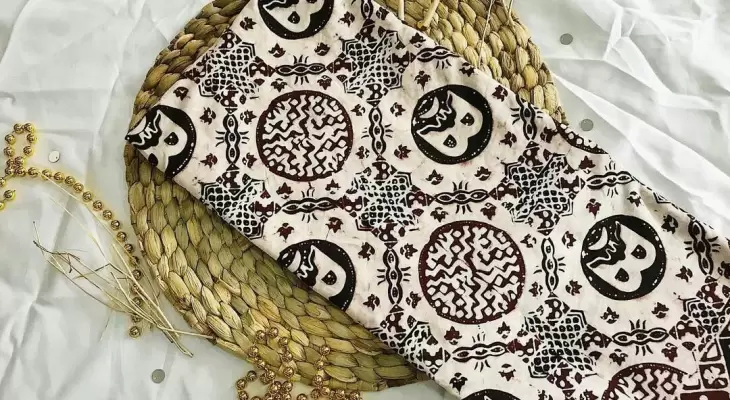Get to Know About Banten Batik

Holiday Ayo - Banten Batik is listed as one of the batik that has a deep philosophy in each of its motifs. Most of these motifs are related to the history of Banten and are also taken from scientific language regarding the name of a place, its meaning, usage, and typology.
You could say that typical Banten batik is not just a patterned cloth, but also a historical reconstruction that describes the culture and history of Banten.
The emergence of this batik stems from the discovery of pottery debris from the 17th-century kingdom in the Banten Girang and Banten Lama areas. Interestingly, the pottery has 75 decorations which are then applied to a cloth. This cloth is called the typical Banten Batik.
The source of the typical Banten batik motifs itself mostly comes from archaeological objects and archaeological buildings during the heyday of Sultan Maulana Hassanudin. Sultan Maulana Hassanudin is known as a wise and wise leader.
Supported by the strategic geographical condition of Banten, the intensity of face-to-face meetings between local residents and crew from Europe and Asia also has an influence on the culture and variety of life in Banten, one of which is art.
However, these decorative motifs cannot be separated from Islamic signs that prohibit the depiction of real living creature motifs so that they are replaced with abstract motifs according to the characteristics of the Banten people.
At first, the results of the depiction were only applied to buildings. However, gradually this motif was also applied to blankets known to the Dutch as Brooven Rim Rood or Blanket Van Bantam (SIMBUT).
The collapse of the glory of the Sultanate of Banten caused the loss of the batik tradition and the existence of the batik blanket.
Given the variety of batik from Banten born from local wisdom, this inevitably brings its own uniqueness to the motif. You could say almost all of the existing motifs are closely related to ancient objects during the Sultanate of Banten. This ancient object, which was excavated by archaeologists in 1976, called the Terwengkal Artifact, is the inspiration for the basic pattern of Bantenese batik designs.
Another uniqueness is found in the color of batik. The color of typical Banten batik tends to be light gray. It is said that this color shows the character of the Banten people who are strong-willed, have many ideas and ideals, are temperamental, and simple.
In terms of philosophy, the name of typical Banten batik is taken from the title of nobility, the name of the sultan or prince, the space in the Banten Sultanate, and the name of the village in the Banten region.








Leave a comment